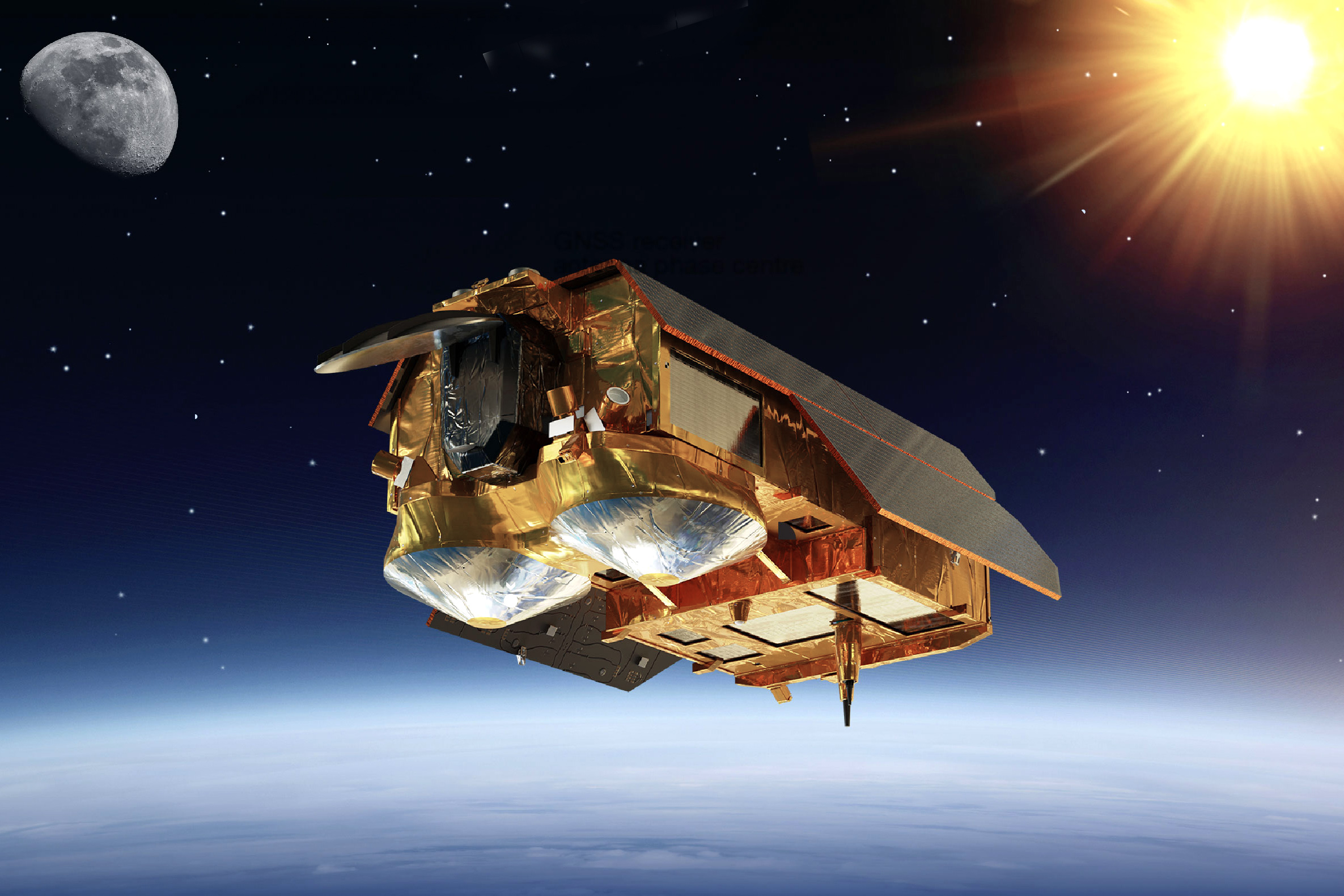Abstract's details
CRISTAL – Copernicus’ Next Cryosphere Altimetry Mission
Event: 2022 Ocean Surface Topography Science Team Meeting
Session: Science IV: Altimetry for Cryosphere and Hydrology
Presentation type: Poster
The Copernicus Polar Ice and Snow Topography Altimeter (CRISTAL) mission is planned to be launched in 2027 and will carry the first Ku/Ka band interferometric altimeter (IRIS) for enhanced sea ice thickness measurement and overlying snow depth retrieval. It utilizes a high PRF open burst mode allowing for fully focussed SAR processing with along-track resolutions below 10 m. It will also have the capability to detect icebergs. CRISTAL will also measure ice sheet and glacier elevations as well as open ocean, coastal areas and hydrological targets with dedicated closed burst modes similarly to CryoSat-2 and Sentinel-3. The IRIS digital receiver architecture inherited from Sentinel-6/Poseidon-4 will provide superior accuracy with an even increased RF bandwidth of 500 MHz resulting in a range resolution of 0.3 m.
The IRIS altimeter is accompanied by a high resolution microwave radiometer for wet tropospheric correction and snow/ice classification, a multi-constellation, multi-frequency GNSS receiver (PODRIX) and a laser retroreflector array (LRA) for precise orbit determination, plus an USO assembly providing the ultra-stable master clock for the altimeter. There is also the option for accommodating a Payload of Opportunity.
The mission status is currently at the end of phase B2 with the System PDR in March 2022 confirming the expected performances.
The presentation will give an overview of the instrument and satellite implementation aspects relevant for achieving the mission and an overview of the predicted performances based on the PDR status.

The IRIS altimeter is accompanied by a high resolution microwave radiometer for wet tropospheric correction and snow/ice classification, a multi-constellation, multi-frequency GNSS receiver (PODRIX) and a laser retroreflector array (LRA) for precise orbit determination, plus an USO assembly providing the ultra-stable master clock for the altimeter. There is also the option for accommodating a Payload of Opportunity.
The mission status is currently at the end of phase B2 with the System PDR in March 2022 confirming the expected performances.
The presentation will give an overview of the instrument and satellite implementation aspects relevant for achieving the mission and an overview of the predicted performances based on the PDR status.

Contribution: SC42022-CRISTAL_-_Copernicus__Next_Cryosphere_Altimetry_Mission.pdf (pdf, 1124 ko)
Back to the list of abstract